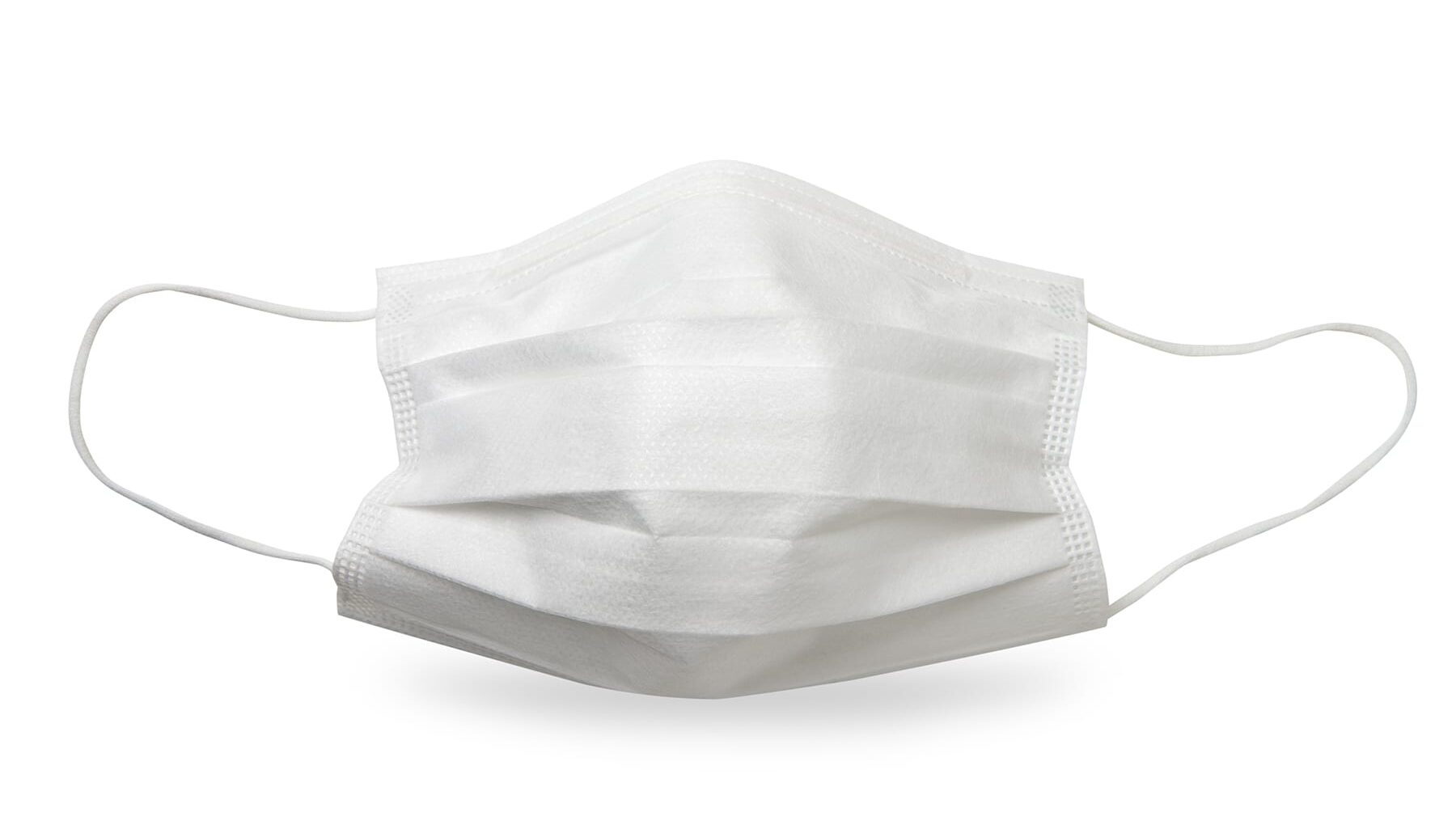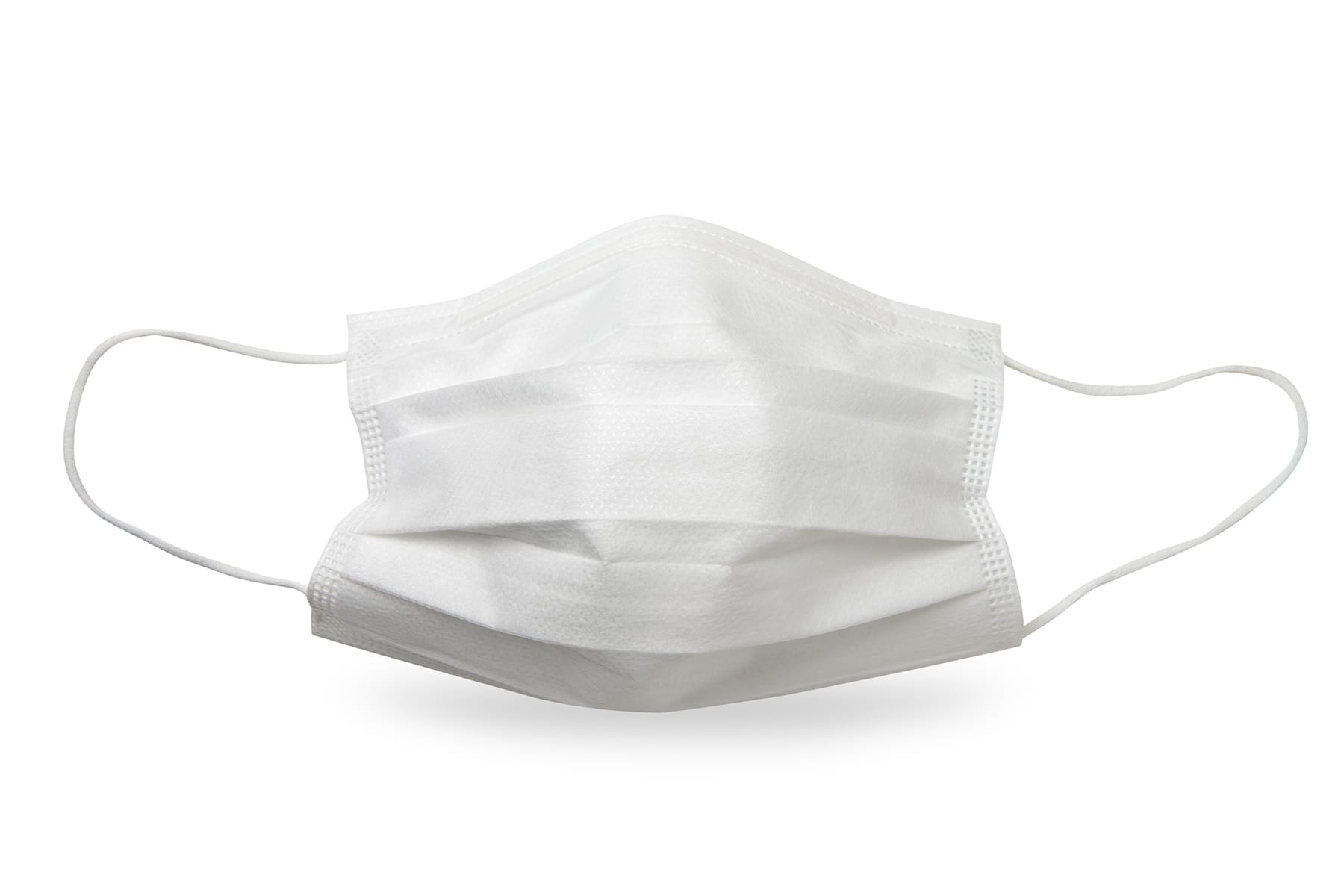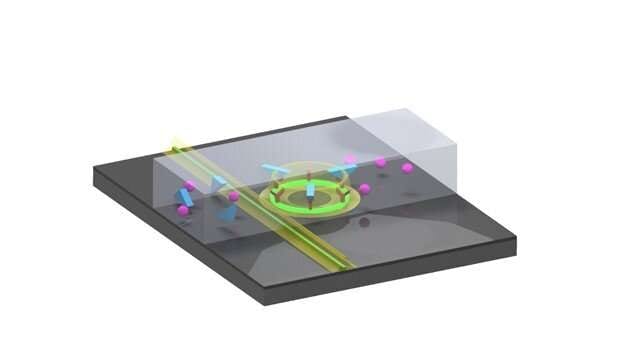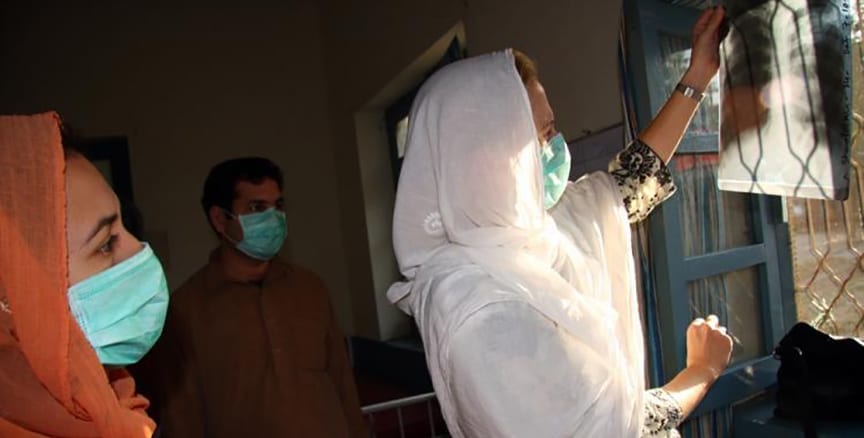
via WebMD
Given current events, many people are wearing face masks to protect themselves and others. But that same face mask could someday also collect useful health information.
Researchers from University of Jinan reporting in ACS’ Analytical Chemistry have demonstrated that a fiber inserted into an ordinary N95 face mask can collect compounds in exhaled breath aerosols for analysis. The new method could allow screening for disease biomarkers on a large scale.
Exhaled breath is an aerosol that contains a variety of volatile and non-volatile compounds dissolved in microdroplets. Some of these molecules could provide important health information, such as whether a person has a certain disease, or how their body metabolizes medications they’re taking. Mass spectrometry is a sensitive technique that can help identify these compounds. But first, sufficient amounts of the molecules must be collected, which often requires tedious procedures such as breathing into a tube or bag. Bin Hu and colleagues wondered if they could find a way to use face masks, which many people are wearing anyway, to collect and concentrate compounds exhaled in breath for later mass spectrometry analysis.
To test their idea, the researchers clipped a solid-phase microextraction (SPME) fiber inside an N95 face mask. SPME fibers have been used previously to extract compounds from breath collected by other methods. Volunteers performed many different activities, including eating a banana or garlic, smoking a cigarette or drinking a cup of coffee. Then, the volunteers wore the masks for 2 hours, and the researchers removed the SPME fibers and analyzed them by mass spectrometry. For each activity, the researchers detected specific compounds, even some that were present at trace amounts: for example, volatile sulfur compounds from eating garlic, nicotine from smoking and caffeine from drinking coffee. The researchers hope that the method will inspire biomarker studies for respiratory illnesses that require people to wear masks in everyday life.
The Latest Updates from Bing News & Google News
Go deeper with Bing News on:
Face mask diagnostics
- It’s time to become bio-manufacturing hub of the world: Deepanwita Chattopadhyay, CEO, IKP Knowledge Park
With a rich experience in mentoring startups, Deepanwita works with Indian and global partners to nurture and fund innovation projects and early startups in the life sciences space.
- The Best Reusable Eye Masks For Puffiness And Dark Circles
It’s Earth Month so let’s talk about a small change that can make a big difference: choosing reusable eye masks over disposable ones. These masks work wonders for your under-eye area ...
- AXDX Accelerate Diagnostics, Inc.
Accelerate Diagnostics, Inc., an in vitro diagnostics company, provides solutions for the diagnosis of serious infections in the United States, Europe, and the Middle East. The company offers ...
- Q3 2024 Resmed Inc Earnings Call
Hello, and welcome to the Q3 Fiscal Year 2024 ResMed Earnings Conference Call. My name is Kevin, and I'll be your operator for today's call. (Operator Instructions) Please note that this conference ...
- Owlstone Medical secures $6.5 million to support development of breath-based diagnostics for infectious disease
The funding is comprised of a $5 million equity investment to advance Owlstone’s Breath Biopsy platform and $1.5 million in grant funding to develop breath-based diagnostics and identify breath ...
Go deeper with Google Headlines on:
Face mask diagnostics
[google_news title=”” keyword=”face mask diagnostics” num_posts=”5″ blurb_length=”0″ show_thumb=”left”]
Go deeper with Bing News on:
Breath diagnostics
- Paying it forward: Fonville finds purpose in health diagnosis
School of Nursing student Emily Fonville quickly learned the UAB family is committed to helping each other achieve their purpose after her longtime health issues challenged her education.
- Owlstone secures $6.5M for breath-based diagnostics for infectious disease
Owlstone Medical has secured a $5 million equity investment and initial $1.5 million grant funding, committed by the Bill and Melinda Gates Foundation, for development of breath-based diagnostic ...
- Intrinsic Vs Extrinsic Asthma: Expert Explains Symptoms, Causes, Diagnosis, And Treatment
Intrinsic and extrinsic asthma are subtypes of asthma that share similar symptoms but differ in their triggers age of onset and prevalence ...
- Owlstone gets $6.5M from Gates Foundation for breath-based diagnostics
Owlstone Medical Ltd. received $6.5 million in funding from the Bill & Melinda Gates Foundation which will go towards expanding its Breath Biopsy platform as well as developing breath-based diagnostic ...
- Owlstone Medical Secures $6.5 Million to Support Development of Breath-based Diagnostics for Infectious Disease
Owlstone Medical ("Owlstone"), the global leader in Breath Biopsy® for applications in early disease detection and precision medicine, today announced it has secured funding from the Bill & Melinda ...
Go deeper with Google Headlines on:
Breath diagnostics
[google_news title=”” keyword=”breath diagnostics” num_posts=”5″ blurb_length=”0″ show_thumb=”left”]











